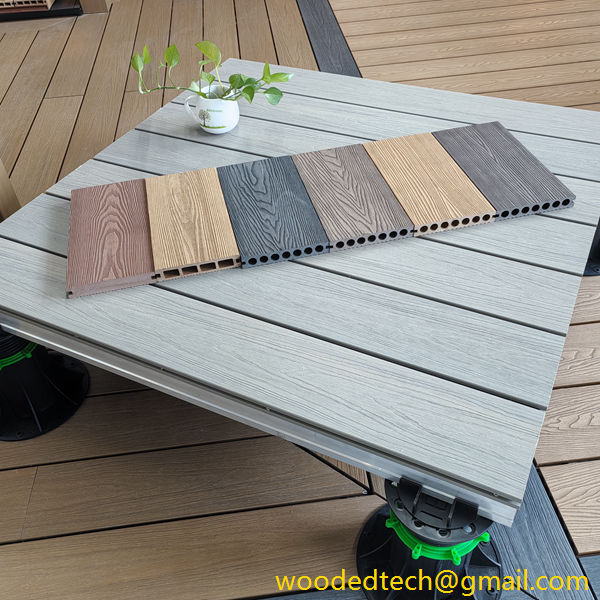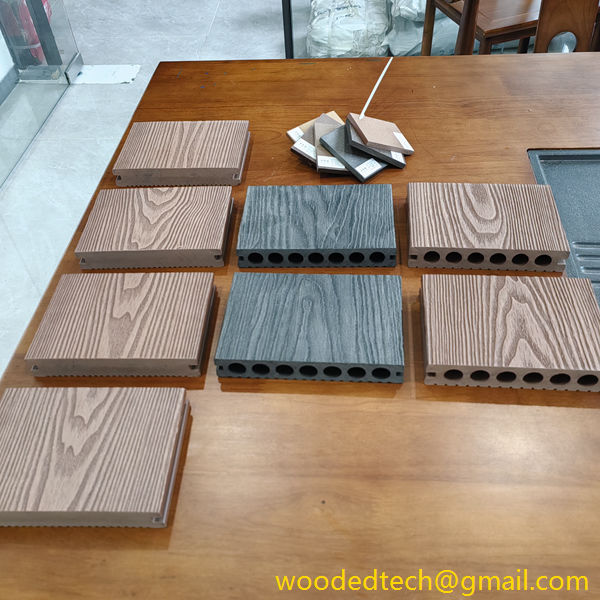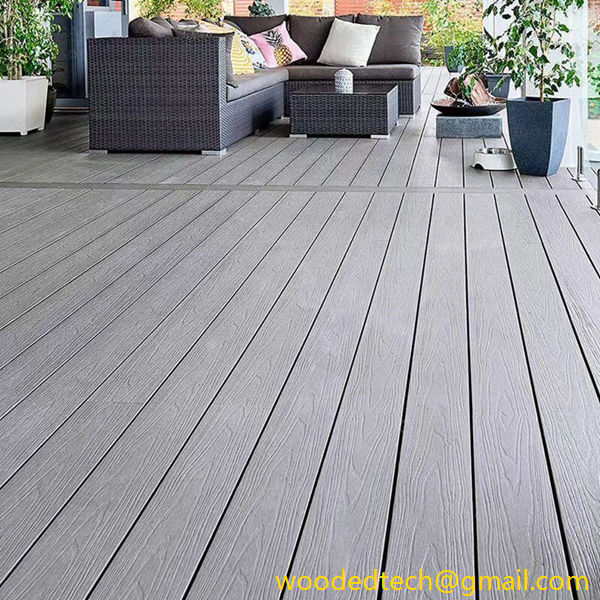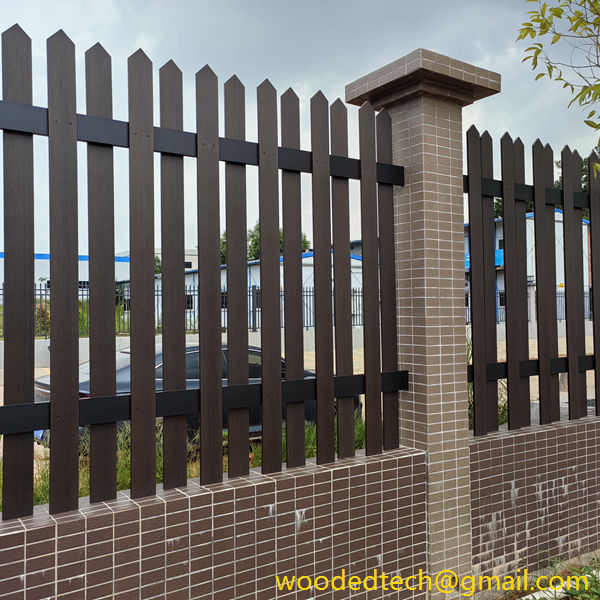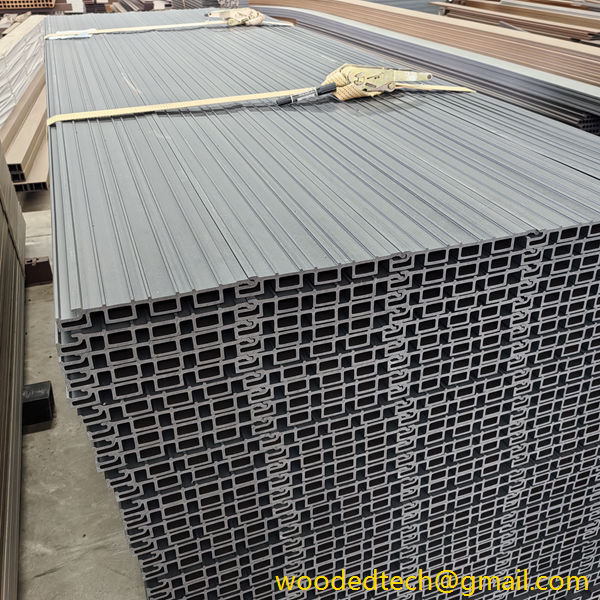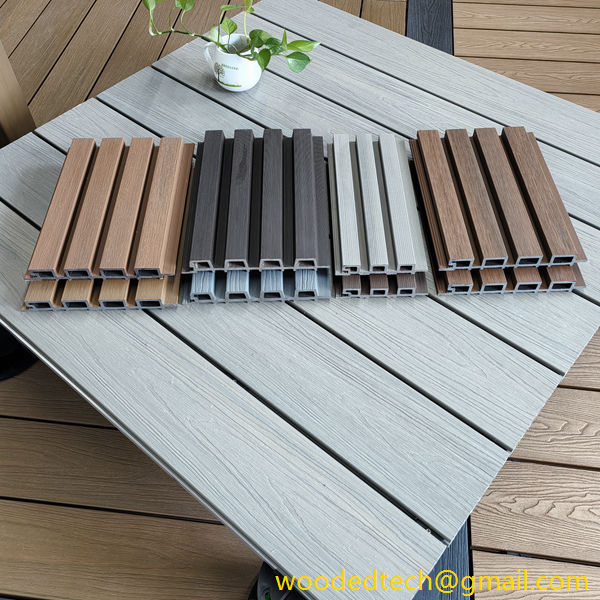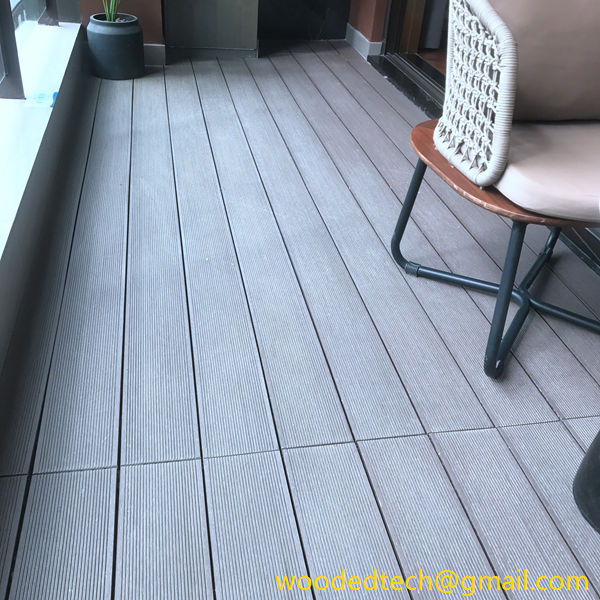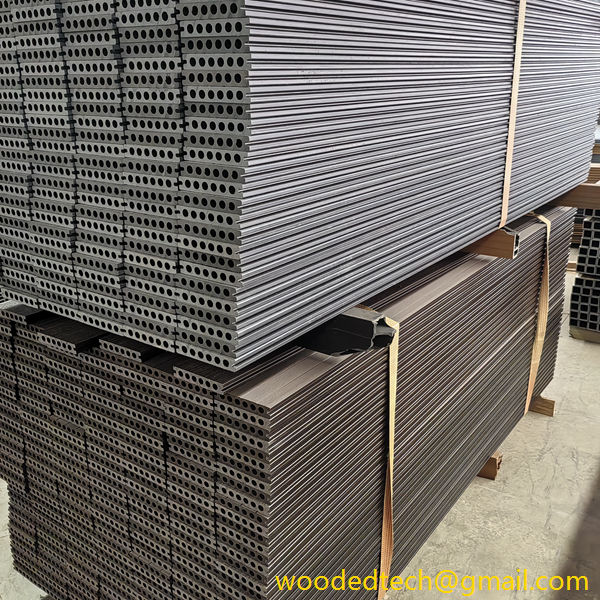Exploring WPC Roof Options for Sustainable Building
Exploring WPC Roof Options for Sustainable Building Exploring WPC Roof Options for Sustainable Building: A Comprehensive Guide In recent years, the construction industry has witnessed a remarkable shift towards sustainability. With growing concerns over climate change, resource depletion, and environmental degradation, builders and architects are seeking innovative materials that not only meet aesthetic and functional…
Exploring WPC Roof Options for Sustainable Building
Exploring WPC Roof Options for Sustainable Building: A Comprehensive Guide
In recent years, the construction industry has witnessed a remarkable shift towards sustainability. With growing concerns over climate change, resource depletion, and environmental degradation, builders and architects are seeking innovative materials that not only meet aesthetic and functional requirements but also contribute positively to the planet. One such material gaining traction is Wood Plastic Composite (WPC) for roofing applications. This article delves into the various WPC roof options available, highlighting their benefits, styles, and contributions to sustainable building practices.
Understanding WPC
Wood Plastic Composite is a versatile material made from a blend of wood fibers and plastic. The combination creates a product that mimics the appearance of wood while offering enhanced durability and resistance to environmental factors. WPC is increasingly used in various applications, including decking, fencing, and now roofing. Its unique properties make it an ideal choice for sustainable construction projects.
Sustainability Benefits of WPC Roofs
One of the primary advantages of WPC roofs is their contribution to sustainability. By utilizing recycled materials, WPC reduces the demand for virgin resources, helping to conserve forests and minimize waste. Furthermore, WPC roofs are designed to last longer than traditional roofing materials, reducing the frequency of replacements and thereby decreasing the overall environmental impact associated with roofing.
Another critical aspect of WPC is its energy efficiency. WPC materials can enhance insulation in buildings, reducing the need for heating and cooling systems. This not only leads to lower energy bills for homeowners but also minimizes the carbon footprint of the building. Additionally, many WPC products are treated to resist mold, mildew, and fading, ensuring that they maintain their appearance and functionality over time.
Variety of Material Styles
When it comes to WPC roofs, the variety of material styles available is impressive. This diversity allows homeowners and builders to select options that align with their design preferences while benefiting from the sustainable attributes of WPC. Here are some of the popular styles:
1. Traditional Shingle Appearance
For those who prefer a classic look, WPC roofing options that mimic traditional asphalt or wooden shingles are available. These materials provide the aesthetic appeal of wood while offering the durability of composite materials. They are available in various colors and textures, allowing homeowners to achieve the desired look for their residences while enjoying the benefits of WPC.
2. Slate-Like Finish
WPC roofing can also be designed to resemble slate tiles, providing a sophisticated and upscale appearance. This style is perfect for high-end residential projects or commercial buildings that demand a luxurious aesthetic. The slate-like finish combined with the durability of WPC ensures that the roof not only looks elegant but also withstands harsh weather conditions over time.
3. Metal Roof Alternatives
For those looking for a modern and industrial aesthetic, WPC can be designed to mimic metal roofing. This style offers a sleek and contemporary appearance while providing all the functional benefits of WPC. The lightweight nature of WPC makes it easier to install compared to traditional metal roofing, reducing labor costs and installation time.
4. Rustic Barn Style
Another appealing option for homeowners is the rustic barn-style WPC roofing. This style captures the charm of traditional barn roofs while using sustainable materials. It is perfect for rural or country-themed homes and can be combined with other natural elements to create a cohesive design. The weathered appearance of this style adds character and warmth to any building.
5. Green Roof Integration
WPC roofs can also be integrated into green roof systems, promoting biodiversity and improving stormwater management. These roofs can support vegetation, providing insulation and enhancing the building’s energy efficiency. By combining WPC with green roofing practices, builders can create a sustainable environment that contributes positively to local ecosystems.
Installation Considerations
While WPC roofs offer numerous benefits, it is essential to consider installation techniques to maximize their effectiveness. Proper installation is crucial to ensure that the roof performs as intended, particularly regarding water drainage and insulation. Engaging experienced professionals who understand WPC materials will help avoid common pitfalls associated with roofing installations.
Maintenance is another aspect to consider. While WPC roofs require less maintenance than traditional wood roofs, regular inspections and cleaning can prolong the life of the roof and maintain its appearance. Homeowners should be informed about the best practices for maintaining their WPC roofs, including cleaning techniques and the importance of addressing any potential issues promptly.
Conclusion
WPC roof options represent a remarkable advancement in sustainable building materials. By offering a variety of styles that cater to different aesthetic preferences, WPC not only enhances the visual appeal of buildings but also contributes to environmental sustainability. As the construction industry continues to prioritize eco-friendly practices, WPC roofs stand out as a viable choice for both residential and commercial projects.
In summary, the unique combination of wood and plastic in WPC materials provides a sustainable solution that meets the demands of modern architecture. With their durability, energy efficiency, and diverse material styles, WPC roofs offer an attractive alternative to traditional roofing options. As more builders and homeowners recognize the importance of sustainable building practices, WPC roofs are likely to become increasingly popular in the years to come.

